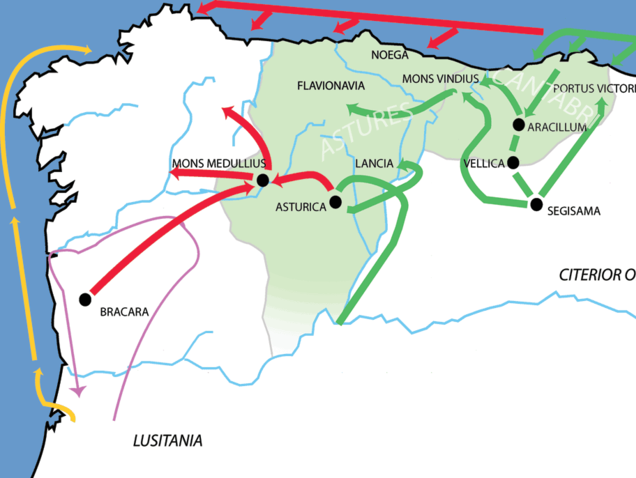Birth



During the Neolithic Era various Iberian tribes that also inhabited other regions of the peninsula were among the first to settle to the area of modern day Lisbon. Evidence of their passage lie on the religious monuments they left behind such as menhirs & megaliths in the countryside around the city. After 1000 BC the migrating Celts had reached the area. A new line of tribes was formed after their presence was established and co-existence with the pre-Indo-European population started to merge the two people. The occurring Celtic speaking tribes established their first fortifications on Lisbon’s hilltop, a stronghold that went on to have commercial relations with the Phoenicians who were also present in the Iberian Peninsula since 1200 BC. Some historians believe that Phoenicians were the first settlers of what is today the center of the city, naming the place “delightful harbor” in their own language ‘’Allis Ubbo’’. The dominant theory today classifies the people in that area as prior to Phoenicians specifically the Turdetani or Turduli (a Celtiberian tribe). According to that widely accepted today theory the name of the city occurred from the pre-Roman name of the Tagus river which was Lisso.


The sheltered harbor at River Tagus’ outfall was an ideal port for commercial trade with inland tribes & travelling ships of the Phoenicians heading to the British Isles. The first references of Greek & Roman geographers refer to the town as ‘’Olissipo’’. After the defeats of Hannibal & the Carthaginians by the Roman general Scipio Africanus & the Carthaginian retreat from the Iberian Peninsula after 200 BC the Romans progressively established their dominance in the wider region.


Initially fighting on the side of the Carthaginians against the Romans along with several other tribes of the Iberian Peninsula, the people of the small coastal town re-surface in historical references during the series of wars waged by the Romans against the Lusitani (neighboring tribe to the north) between 155 & 139 BC. In 138 BC the Roman general in charge secures the alliance of Olissipo which offers its men to help the Romans against the other tribes of the area. The Roman general fortifies the city primarily against Lusitanian raids, integrating it into the Empire & continues campaigning to the north.


The battles between the Romans & the tribes continued until the armies of Emperor Augustus finally subdued the whole region between 28-24 BC, which would henceforth be known as Lusitania. His colony Emerita Augusta (Merida today) would serve as the capital of the Roman province. The Romans renamed Olissipo as Felicitas Julia Olisipo acknowledging it as a Municipium (Roman city), giving its citizens the privilege of Roman citizenship, an exemption from taxes & a self rule in an area of more than 50 km.

